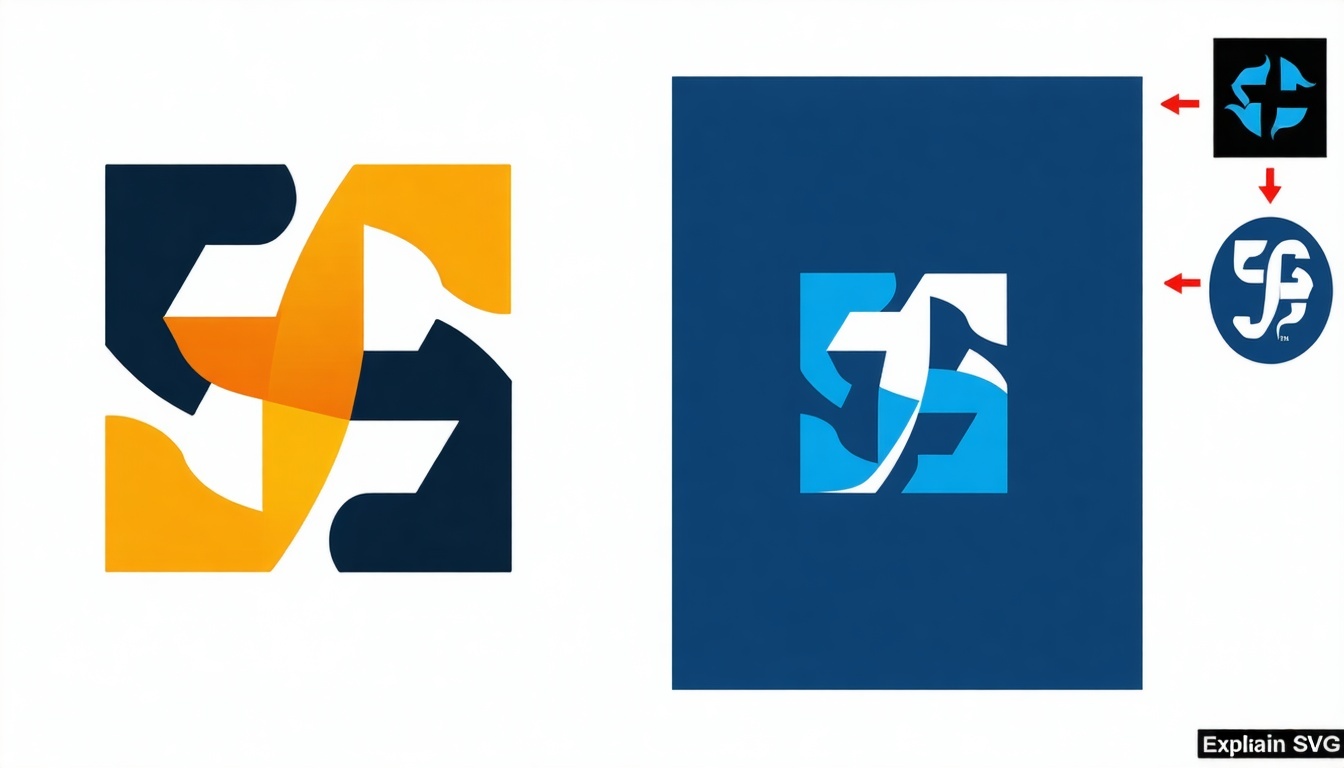
Trademark Submission Checklist: Everything You Need for Smooth VMC Certification
A successful Verified Mark Certificate (VMC) application starts with a complete and accurate trademark submission.
Why a Trademark Submission Checklist Matters for VMC
A Verified Mark Certificate (VMC) allows your brand logo to appear in email inboxes, but only if you provide complete and accurate trademark documentation. Missing or incorrect information is a leading cause of VMC delays and rejections.
Trademark Submission Checklist for VMC Certification
- Registered Trademark Certificate: Provide an official certificate from a VMC-recognized trademark office (e.g., USPTO, EUIPO, UK IPO, BOIP, etc.).
- Active and Valid Registration: Ensure your trademark registration is current and not expired, suspended, or under dispute.
- Exact Logo Match: The logo submitted for VMC must match the registered trademark exactly in design, color, and format—no variations allowed.
- Trademark Owner Details: Confirm the legal name and entity type of the trademark owner match the VMC application.
- Jurisdiction Confirmation: The trademark must be registered in a country or region recognized by VMC guidelines.
- License Documentation (if applicable): If the applicant is not the direct trademark owner, provide a formal, written license agreement granting rights to use the mark for VMC purposes.
- Quality Control Provisions: For licensed marks, include evidence of quality control and oversight by the trademark owner.
- Government or Statutory Protection (if applicable): Government agencies may submit enabling legislation or official records as proof of rights to use official seals or emblems.
- SVG Logo File: Prepare a BIMI-compliant SVG Tiny PS logo file that matches the registered trademark.
- Supporting Documentation: Gather any additional documents requested by the Certificate Authority (CA), such as proof of use, legal opinions, or correspondence with the trademark office.
Common Pitfalls to Avoid
- Submitting an unregistered or pending trademark: Only fully registered trademarks are eligible; pending applications do not qualify for VMC.
- Logo and trademark registration do not match exactly: Any differences between the submitted logo and the registered trademark can result in rejection.
- Trademark registered with a non-recognized office: Trademarks must be registered with an office recognized by VMC guidelines.
- Missing or incomplete license documentation for subsidiaries or partners: Proper, formal license agreements are required if the applicant is not the direct trademark owner.
- Outdated or expired trademark registration: Ensure your trademark registration is current and valid to maintain VMC eligibility.
Final Steps Before Submitting Your VMC Application
- Double-check all documentation for accuracy and completeness: Review every document to ensure there are no errors or missing information.
- Ensure your SVG logo file is BIMI-compliant and matches the trademark registration: The SVG logo must meet BIMI technical requirements and be identical to the registered trademark.
- Confirm that all licensing and quality control documents are up to date and signed: Make sure all agreements are current, properly executed, and include necessary quality control provisions.
- Prepare to respond promptly to any requests for additional information from the CA: Be ready to provide further documentation or clarification if requested by the Certificate Authority.
Need help preparing your trademark submission for VMC?
Contact our support agents for expert guidance on documentation, logo compliance, and certificate requirements.
Find more answers in our VMC and BIMI FAQ section.
A complete and accurate trademark submission is the key to fast, successful VMC certification—double-check every detail before you apply.



